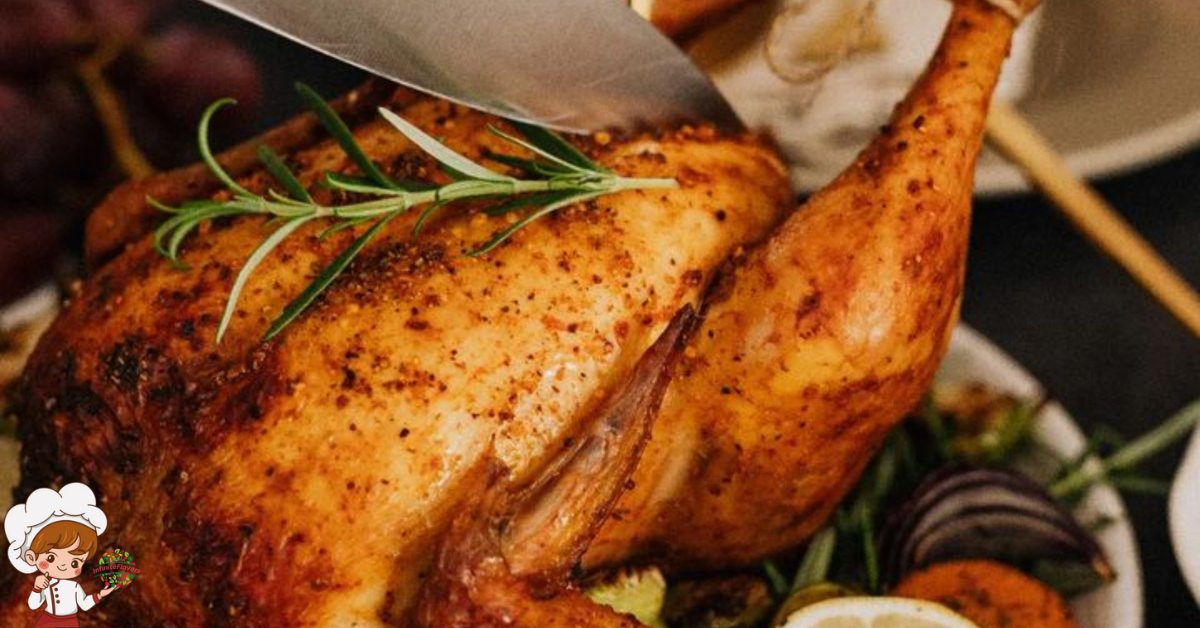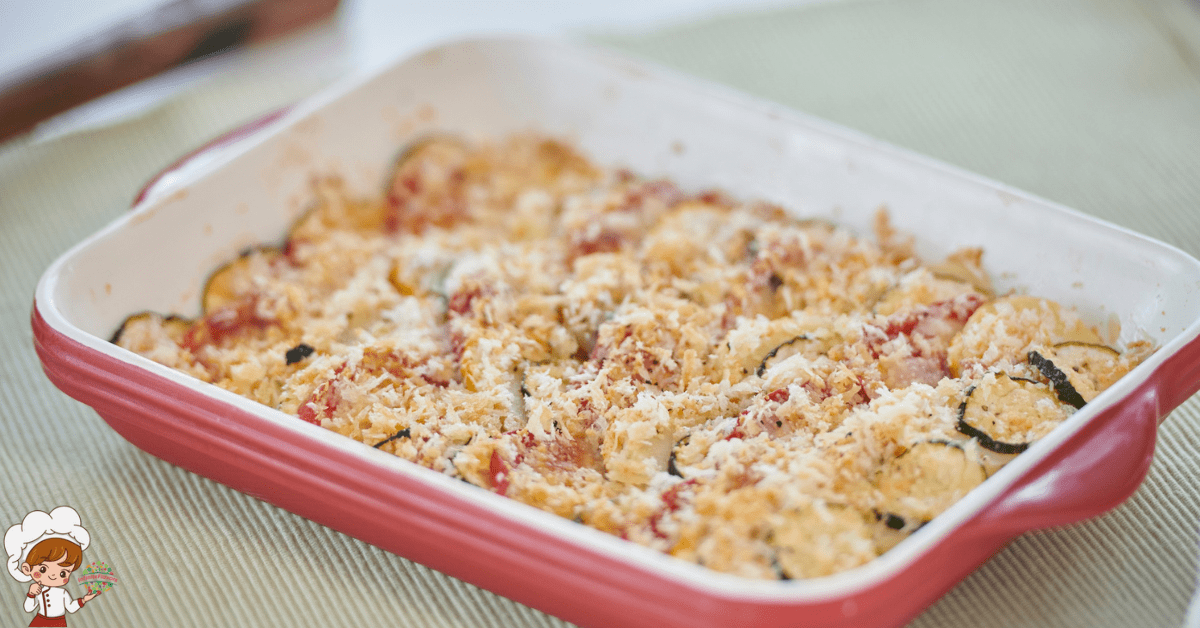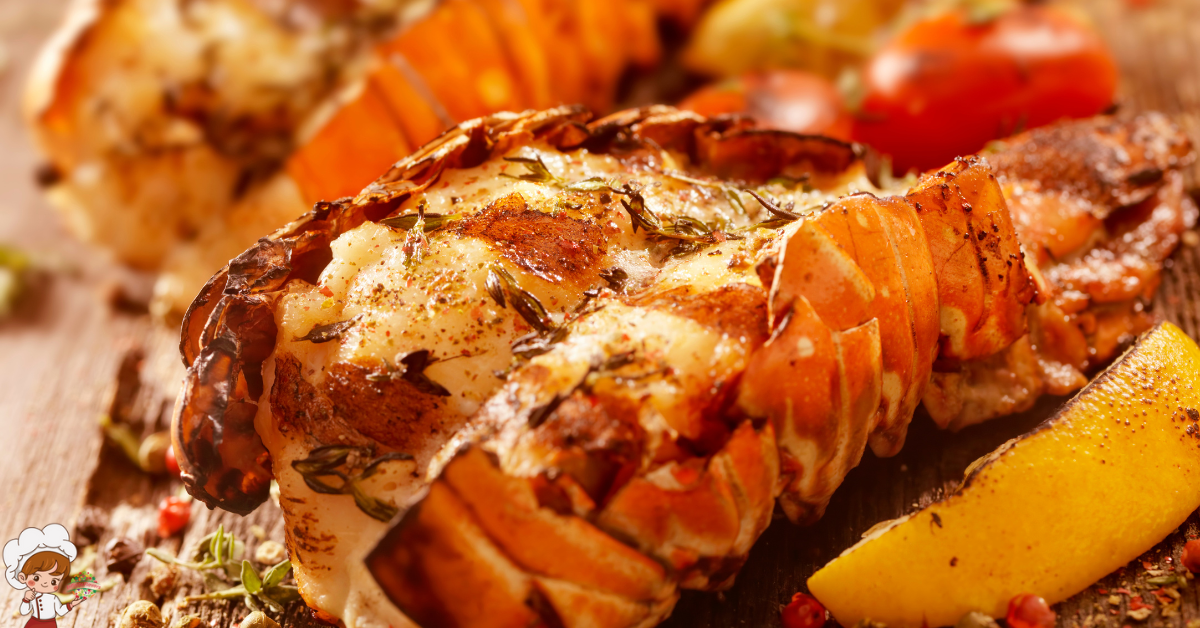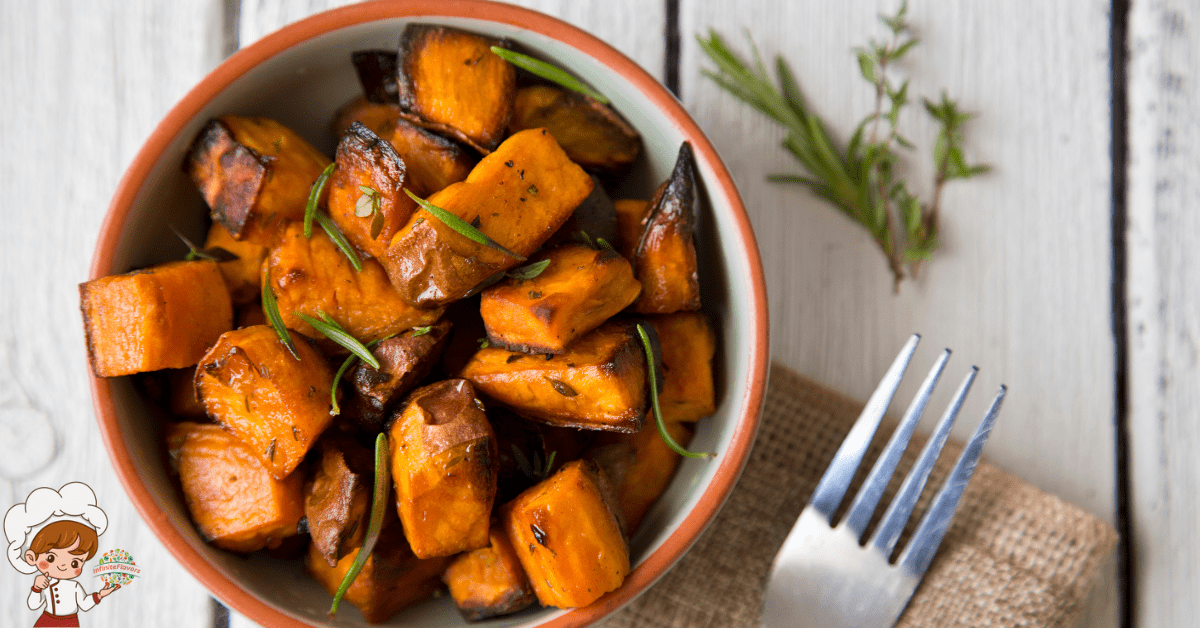The Best Deep Frying Turkey For Thanksgiving
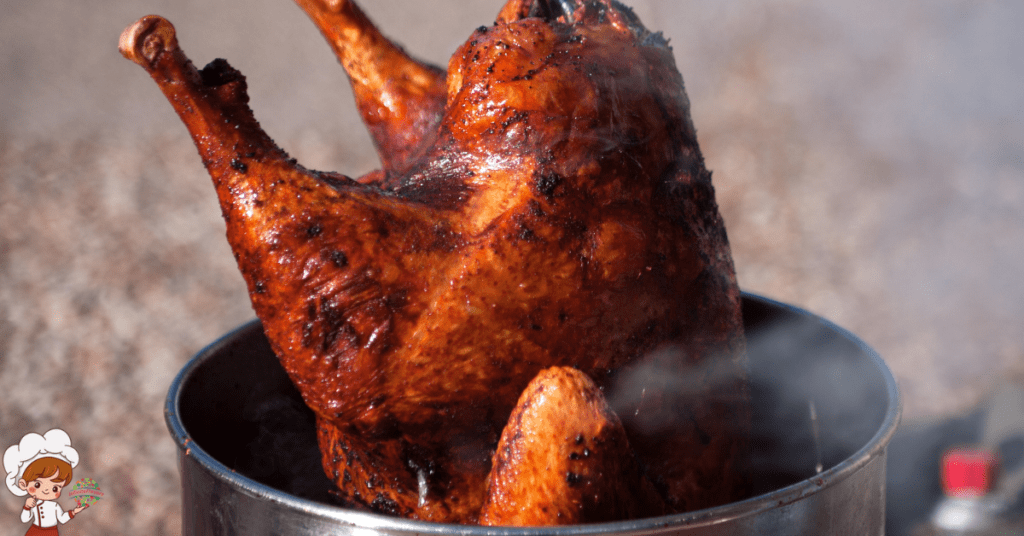
Deep Frying Turkey For Thanksgiving can elevate your holiday meal with a crispy skin and juicy meat. It’s faster than roasting, freeing up your oven for those essential sides. To get started, pick a turkey between 10 to 14 pounds for even cooking. Choose fresh or minimally processed options for the best flavor. Make sure you have a safe frying setup outdoors, and don’t forget your safety gear. Heat your oil to about 350°F, and cook the turkey for 3 to 4 minutes per pound. Ready to make your Thanksgiving even better? There’s more to explore!
Benefits of Deep Frying Turkey
Deep frying a turkey offers a deliciously crispy exterior that seals in the moisture, resulting in a juicy and flavorful bird. One of the primary benefits of deep frying is the incredible turkey texture you achieve. Unlike traditional roasting methods, which can sometimes dry out the meat, deep frying guarantees that the turkey remains succulent and tender. The hot oil creates a barrier that locks in the natural juices, giving you a bird that’s moist from the inside out.
Another advantage is the crispy skin that deep frying provides. That golden-brown, crunchy outer layer not only looks appealing but adds a delightful contrast to the tender meat beneath. When you bite into that crispy skin, you’ll instantly savor the satisfying crunch, enhancing your entire dining experience.
Deep frying also saves you time. A whole turkey typically takes much longer to roast in the oven, while frying can cut down the cooking time considerably. This means less time in the kitchen and more time enjoying the holiday with family and friends.
Moreover, deep-frying can free up your oven for side dishes, allowing you to prepare a lavish Thanksgiving spread without worrying about space constraints.
Choosing the Right Turkey
When selecting the right turkey for deep frying, it’s essential to take into account its size and weight to guarantee even cooking and best results. A turkey that’s too large may not fit comfortably in your fryer, leading to uneven cooking or potential safety hazards. Ideally, you should choose a turkey that weighs between 10 to 14 pounds. This range guarantees that the bird cooks thoroughly while still fitting within most deep fryers.
Next, consider the turkey breed. Different breeds can affect the flavor and texture of the meat. For instance, a heritage breed, like the Bourbon Red, tends to have richer flavor and firmer meat compared to standard breeds like the Broad Breasted White, which is more commonly found in grocery stores. While the Broad Breasted White is often the go-to choice for its size and availability, exploring other breeds might add a unique twist to your Thanksgiving feast.
Don’t forget to check the turkey’s freshness. Fresh turkeys often yield better flavor and texture than frozen options, which can sometimes lead to a watery or mushy result after frying. Also, look for a turkey with minimal added ingredients, as these can affect the frying process and the final taste.
Essential Equipment Needed
When you’re ready to deep fry your turkey, the right equipment is vital for a successful and safe experience. You’ll want to choose the right fryer type and make sure you have essential safety gear on hand. Let’s go over what you need to make your Thanksgiving feast a hit.
Fryer Type Selection
Choosing the right fryer type is essential for a successful deep-fried turkey experience. You’ll find two main options: electric fryers and propane fryers. Electric fryers are convenient and easy to use, making them great for indoor cooking. They often come with built-in safety features and require less oil, but their cooking capacities can be limited. On the other hand, propane fryers offer higher cooking capacities and are perfect for outdoor frying. They heat up quickly and allow for better flavor infusions.
When selecting your fryer, consider the oil types you’ll use. Peanut oil is popular for its high smoke point and flavor, while other oils can work too if you have allergies or preferences. Additionally, think about fryer sizes based on the turkey weight you plan to cook. A larger fryer can accommodate bigger birds, while smaller options might suit smaller gatherings.
Lastly, consider portability options. If you’re frying outside, a propane fryer is often more mobile, but make sure you have a safe setup. Ultimately, the right fryer type will enhance your Thanksgiving feast and guarantee your turkey turns out deliciously crispy.
Safety Gear Essentials
Before you start deep frying your turkey, it’s crucial to equip yourself with the right safety gear to prevent accidents and guarantee a smooth cooking process. First, invest in protective clothing. This includes a long-sleeved shirt and sturdy pants to shield your skin from hot oil splatters. Opt for materials that are thick and less likely to catch fire.
Next, don’t forget about kitchen gloves. These aren’t just for handling hot items; they also provide an extra layer of protection against burns. Choose heat-resistant gloves that can withstand high temperatures, making it easier to maneuver your turkey safely.
Additionally, consider wearing safety goggles to protect your eyes from any unexpected splashes. A face shield can also be a prudent choice, especially if you’re a first-timer. Finally, always have a fire extinguisher nearby, specifically one rated for grease fires.
Preparing the Turkey
Preparing the turkey for deep frying is vital to achieving a delicious and safe meal. Start by selecting a fresh or fully thawed turkey, ideally between 12 to 14 pounds. This size works best for even cooking in your fryer. First, remove any giblets and the neck from the cavity, then rinse the turkey under cold water to guarantee it’s clean.
Next, think about flavor. Brining techniques can enhance the turkey’s juiciness and infuse it with flavor. You can create a simple saltwater brine by mixing one cup of salt for every gallon of water. Soak the turkey in this solution for 12 to 24 hours in the refrigerator. If you prefer a different taste, consider using various spices or herbs, such as garlic, thyme, or rosemary, to elevate the flavor.
If brining isn’t your style, explore marinating options. A marinade can add depth to your turkey’s flavor profile. Combine olive oil, citrus juice, and your favorite spices in a large bowl, then coat the turkey thoroughly. Let it marinate for at least 4 hours, or overnight for more intensity.
Once you’ve chosen your method, remember to pat the turkey dry with paper towels before frying. Removing excess moisture is essential for achieving that crispy skin. With your turkey prepped, you’re one step closer to a mouthwatering Thanksgiving feast!
Safety Tips for Deep Frying
When you’re deep frying a turkey, safety should be your top priority. Make certain you choose a safe location, use the proper equipment, and keep a close eye on the oil temperature. These steps will help guarantee a fun and incident-free holiday.
Choose Safe Location
Select a safe location for deep frying your turkey to minimize the risk of accidents. Choose an outdoor space that’s at least ten feet away from your home, garage, or any flammable structures. This distance helps prevent fire hazards if something goes wrong during the frying process. Make sure you’re not under any trees or near bushes, as they can catch fire easily.
You should also select a flat, stable surface for your fryer. Uneven ground can lead to spills or tipping, which can be dangerous when hot oil is involved. Avoid areas with high foot traffic or where children and pets might wander into danger.
Consider the weather, too. If it’s windy, the flames can spread or cause the oil to splash, increasing fire hazards. Always have a fire extinguisher nearby, just in case.
Lastly, check for overhead power lines. If your fryer is too close, you could accidentally make contact, leading to severe electrical hazards. By choosing the right location, you’ll create a safer environment for deep frying your turkey and enjoy a more successful Thanksgiving feast.
Use Proper Equipment
Using the right equipment is essential for safely deep frying your turkey. First, invest in a quality turkey fryer that’s designed for outdoor use. Choose one with sturdy construction and a wide base to prevent tipping. A fryer with a built-in thermostat is a great choice, as it helps maintain consistent oil temperature.
Next, consider your oil selection. Peanut oil is a popular choice due to its high smoke point and flavor, but you can also use canola or vegetable oil. Avoid using oils with low smoke points, as they can ignite and cause accidents.
You’ll also need a large, heavy-duty pot that can hold enough oil to submerge the turkey fully. Make sure it has a lid to help control splatter and heat. Use a turkey stand or basket for easy lowering and lifting of the bird. Don’t forget safety gear, like heat-resistant gloves and goggles, to protect yourself from hot oil splashes.
Lastly, keep a fire extinguisher nearby specifically for grease fires. With the right equipment in place, you can enjoy a delicious, safely fried turkey this Thanksgiving!
Monitor Oil Temperature
After setting up your equipment, keeping a close eye on the oil temperature is essential for safe frying. An oil thermometer is your best friend in this process, allowing you to monitor the temperature accurately. Ideally, you want the oil heated to about 350°F to 375°F for frying a turkey. Too low, and your turkey will absorb excess oil; too high, and you risk a fire hazard.
Use heat regulation effectively by adjusting your burner as needed. If you notice the temperature creeping up, reduce the heat to avoid any dangerous flare-ups. Conversely, if it drops, increase the heat gradually to bring it back to the ideal range.
Always remember that maintaining a consistent temperature is key to achieving that crispy, golden-brown skin. Make it a habit to check the oil temperature frequently, especially during the frying process. If you’re using a propane fryer, be mindful of wind conditions, as they can affect the flame and, consequently, the oil temperature.
Cooking Time and Temperature
When it comes to deep frying a turkey, understanding the right cooking time and temperature is vital for achieving that perfectly crispy skin and juicy meat. You’ll want to set your oil temperature between 325°F and 350°F. This range guarantees that your turkey cooks evenly without burning the outside. If your oil is too hot, the skin can char before the inside cooks through, while oil that’s too cool can lead to greasy meat.
The general rule of thumb for cooking time is about 3 to 4 minutes per pound of turkey. For example, if you’re frying a 12-pound turkey, you should aim for around 36 to 48 minutes of cooking time. Always use a reliable meat thermometer to check for doneness. The internal temperature should reach at least 165°F in the thickest part of the breast and thigh.
Choosing the right oil is vital as well. Peanut oil is a popular choice due to its high smoke point and neutral flavor. However, if you have allergies or concerns, canola or sunflower oil can also work well. Be certain to use fresh oil for the best results, as old oil can affect both the flavor and safety of your dish.
Flavoring and Seasoning Options
To elevate the flavor of your deep-fried turkey, consider marinating or seasoning it before cooking. A well-seasoned turkey will not only taste better but also impress your guests. You have a few options when it comes to flavoring your bird, and two popular methods are using herb blends and spice rubs.
If you opt for an herb blend, choose fresh or dried herbs like thyme, rosemary, or sage. Mix these herbs with olive oil, garlic, and lemon juice to create a marinade. This combination infuses the meat with fragrant flavors while keeping it moist during frying. Make sure to let your turkey marinate for at least a few hours or overnight for the best results.
On the other hand, spice rubs offer a robust flavor profile. Combine spices like paprika, cumin, black pepper, and garlic powder for a savory rub. Massage this mixture all over the turkey, ensuring every inch is coated. This method creates a delicious crust as the turkey cooks, locking in moisture and flavor.
Don’t hesitate to get creative! You can blend sweet and savory spices or add a touch of heat with cayenne pepper. Remember, the key is to balance the flavors so that they complement the richness of the turkey. Whichever method you choose, flavoring your turkey ahead of time will make all the difference, resulting in a mouthwatering centerpiece for your Thanksgiving feast.
Serving and Enjoying Your Turkey
Once your beautifully seasoned deep-fried turkey is ready, it’s time to focus on serving and enjoying it. Start by carefully transferring the turkey to a sturdy cutting board. Let it rest for about 20 minutes; this allows the juices to redistribute, ensuring each bite is moist and flavorful. When you’re ready, grab a sharp carving knife and slice the turkey against the grain for ideal tenderness.
For serving suggestions, consider creating an inviting presentation. Arrange the sliced turkey on a large platter, garnishing it with fresh herbs or citrus slices for a pop of color. You can even add a small bowl of your favorite gravy on the side, inviting guests to customize their servings.
Pair your deep-fried turkey with a variety of side dishes to enhance the meal. Classic options like creamy mashed potatoes, savory stuffing, and roasted vegetables complement the rich flavors of the turkey. Don’t forget about cranberry sauce; its tartness balances the savory elements beautifully. If you’re feeling adventurous, try serving Southern-style collard greens or cornbread for a delightful twist.
As your guests gather around the table, encourage them to share their favorite memories or traditions while enjoying the feast. This creates a warm atmosphere and adds to the overall experience. Remember, the joy of Thanksgiving is in the company you keep, so savor each bite, share laughter, and make lasting memories with your loved ones!
Frequently Asked Questions: Deep Frying Turkey For Thanksgiving
Can I Deep Fry a Frozen Turkey?
You can’t deep fry a frozen turkey safely. It causes dangerous splattering. Always thaw it first, following safety precautions. Remember, cooking time increases with size, so plan ahead to guarantee your turkey cooks thoroughly.
How Much Oil Do I Need for Frying?
You’ll need about three to five gallons of oil for frying, depending on your pot size. Always prioritize frying safety; make certain the oil’s hot enough but not overflowing to prevent dangerous spills.
What Type of Oil Is Best for Frying?
When frying, you want an oil with a high smoke point, like peanut or canola oil. These oils not only withstand high temperatures but also have a neutral flavor profile, ensuring your food tastes great.
Can I Reuse Oil After Frying?
Yes, you can reuse oil after frying. Just guarantee you filter it properly to remove food particles, and store it in a cool, dark place. Proper oil storage extends its life and maintains quality for future use.
How Do I Dispose of Used Frying Oil?
When you’re ready to dispose of used frying oil, consider oil recycling options in your area. Avoid pouring it down the drain; instead, find a safe disposal method to protect the environment and local plumbing.
Conclusion
Deep frying your turkey for Thanksgiving can elevate your feast to a whole new level. With its juicy meat and crispy skin, it’s a sure crowd-pleaser. By following safety tips and using the right equipment, you can enjoy a deliciously unique holiday tradition. Remember to experiment with flavors and seasonings to make it your own. So, gather your friends and family, and get ready to serve up a turkey that’ll have everyone coming back for seconds!



